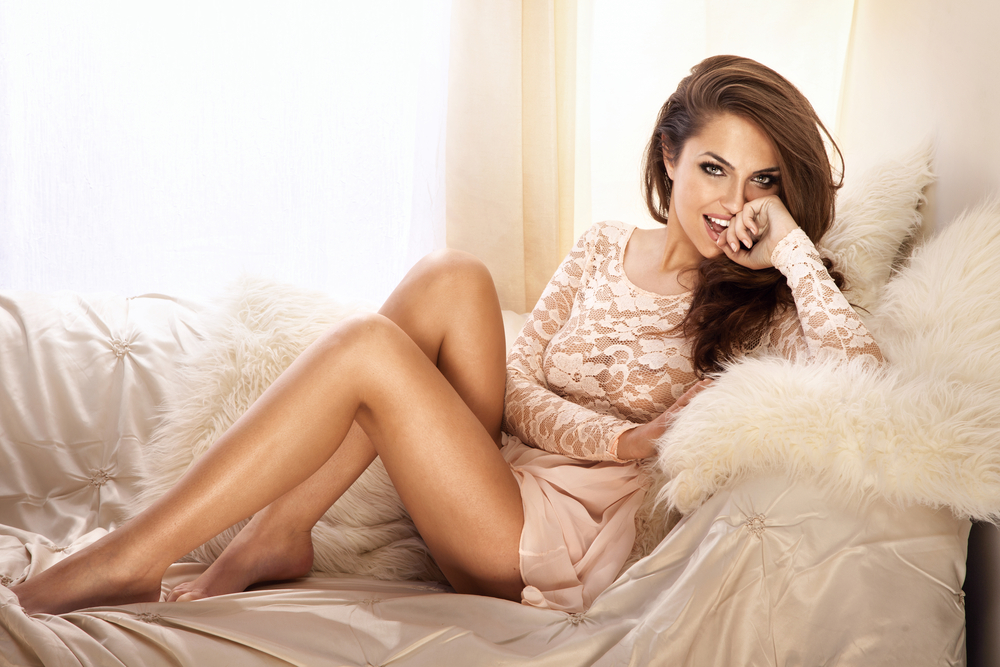
The Art and Science of Modeling: Unveiling the Secrets behind the World of Fashion and beyond
The Art and Science of Modeling: Unveiling the Secrets behind the World of Fashion and beyond
Fashion modeling is an industry that combines creativity, art, and science. It is a world that captures the imagination and evokes desire. As we admire the glamorous photoshoots and dazzling runway shows, we often wonder what goes on behind the scenes. In this article, we will delve into the art and science of modelling , unveiling the secrets of this captivating industry.
The Essence of Modeling
At its core, modeling is the art of portraying a concept, idea, or product through visual representation. Models are the canvas upon which the designer's vision comes to life. They use their body and facial expressions to create a magical connection between the product and its prospective consumers. Through their poses, they captivate attention and compel us to desire what they wear or promote.

The Art of Posing
Posing is a crucial aspect of modeling. Each pose is carefully crafted to highlight the garment's design elements, enhance its appeal, and tell a story. Models are trained to use their body language, facial expressions, and eye contact to convey a range of emotions, from confidence and allure to joy and vulnerability. Their movements are meticulously choreographed to achieve the desired visual impact.
Behind the Scenes: The Science of Modeling
While modeling may at first seem like an exclusively artistic pursuit, there is also a science behind its success. Models must possess certain physical attributes, such as height, body proportions, and facial symmetry, to appeal to designers and clients. Agencies and casting directors carefully select models based on these criteria, tailoring their choices to match the style and brand image they represent.
But modeling is not only about physical appearance. Models also need to develop a range of skills to excel in the industry. This includes learning how to walk with grace and poise on the runway, maintaining a healthy and fit physique, and collaborating with photographers and stylists to bring a concept to life. They must also be able to adapt to various environments, from outdoor shoots to different cultural settings, demonstrating their versatility.
Modeling Beyond Fashion: A Diverse Industry
While fashion modeling is the most well-known form of modeling, the industry extends far beyond the runway and glossy pages of magazines. Models are needed in various sectors, including commercial modeling, lifestyle modeling, fitness modeling, and even scientific and medical modeling. These areas require models to embody a specific image or convey a message while showcasing products or ideas.
The Rise of Social Media and the Influence of Models
In recent years, the rise of social media has transformed the modeling landscape. Models can now directly connect with their audience, showcasing their personality, lifestyle, and daily experiences. Social media provides a platform for models to gain exposure, collaborate with brands, and build their personal brand. This has opened up opportunities for aspiring models, allowing them to take control of their own careers.
Frequently Asked Questions
1. How do you become a model?
Becoming a model requires dedication, persistence, and resilience. Start by researching reputable modeling agencies and submitting your portfolio. Attend open casting calls and build your professional network. It's important to develop diverse skills, such as posing, walking, and maintaining a healthy lifestyle.
2. What are the physical requirements to become a model?
Physical requirements differ depending on the sector of modeling. Fashion models usually need to be tall and have specific body proportions. However, there are opportunities for models of all shapes, sizes, and heights in other sectors such as commercial and lifestyle modeling.
3. How do models prepare for photoshoots?
Models prepare for photoshoots by studying the concept and brief provided by the photographer or creative team. They may practice poses in front of a mirror or attend workshops to enhance their skills. A healthy lifestyle, including regular exercise, skincare routines, and a balanced diet, is also essential.
4. How do models overcome rejection in the industry?
Rejection is a common part of the modeling industry. Models must have a resilient mindset and understand that not every opportunity is meant for them. Building a support network, including fellow models, trainers, and friends, can help navigate the emotional challenges and provide motivation during tough times.
5. Can anyone become a model?
Anyone with the passion and dedication to pursue a career in modeling can try their luck. The industry is becoming more diverse and inclusive, embracing models of all backgrounds and body types. It's important to remember that success in modeling depends on a combination of physical attributes, skills, personality, and networking.
Modeling is a blend of art and science, where the captivating visions of designers come to life through skilled and versatile individuals. It is an industry that continuously evolves, reflecting changing societal norms and aspirations. As we admire the beauty and creativity showcased by models, we can now appreciate the complexity and multidimensional aspects that make this world truly fascinating.
Other useful resources
- https://en.wikipedia.org/wiki/Category:Modeling_agencies
- https://en.wikipedia.org/wiki/Modeling_agency
- https://www.planetmodelphoto.com/models/modeling/usa/charlotte/nc-north-carolina
- https://www.planetmodelphoto.com